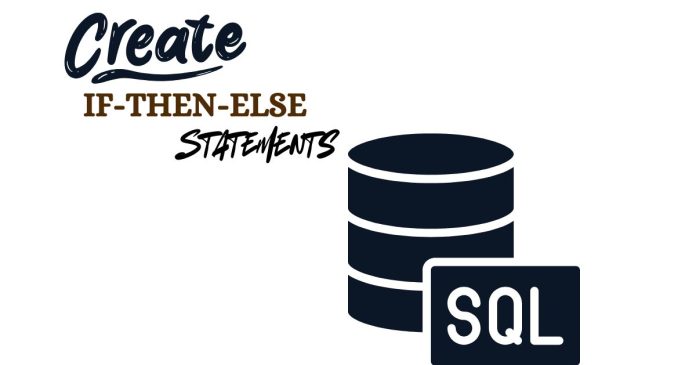In SQL, you can use CASE expressions to implement IF-THEN-ELSE logic. A CASE expression can be used within a SELECT, WHERE, ORDER BY, or other clauses to evaluate conditions and return specific results.
General Syntax
Simple CASE Expression:
This compares one expression to multiple possible values:
Searched CASE Expression:
This allows more complex, condition-based logic:
Examples
1. Using in a SELECT Clause
To categorize values based on conditions:
- Explanation: Each row is evaluated, and the
salary_categoryis assigned based on the employee’ssalary.
2. Using in a WHERE Clause
To filter rows dynamically:
- Explanation: The
WHEREclause dynamically applies different conditions based on theorder_status.
3. Using in an UPDATE Statement
To update values conditionally:
- Explanation: Updates the
bonuscolumn based on theperformance_rating.
Key Notes
- Order of Conditions:
- Conditions are evaluated in the order they appear.
- The first condition that evaluates to
TRUEdetermines the result.
- Default with
ELSE:- Always include an
ELSEto handle cases where none of the conditions match. - If
ELSEis omitted and no conditions are met, the result will beNULL.
- Always include an
- Portability:
- The
CASEexpression is standard SQL and works across most databases (e.g., MySQL, PostgreSQL, SQL Server, Oracle).
- The
Using CASE, you can replicate IF-THEN-ELSE logic flexibly in SQL queries.


